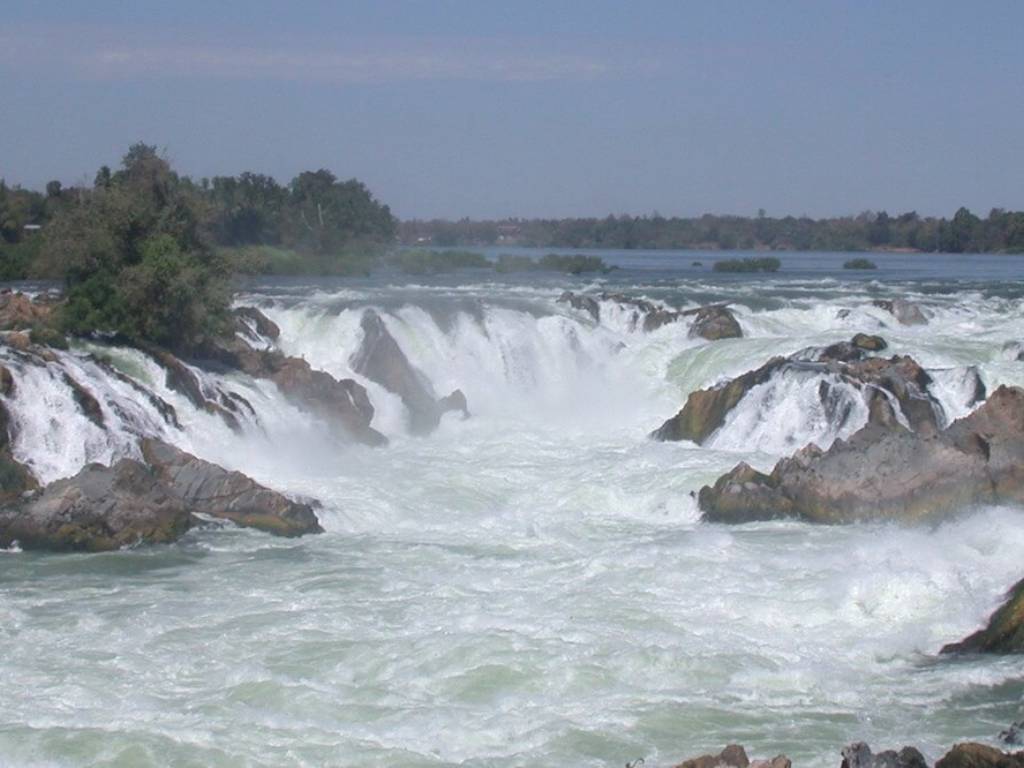Crop production in several southeast Asian countries including Thailand and Vietnam have been severely impacted due to droughts in the region for the last couple of years. Production of rice, the staple grain, in the region along with other agriculture produce has fallen drastically due to the climatic conditions marked by shorter monsoons and below average rainfall.
The problem, however, has multiplied due to China, which has constructed 11 dams on the Mekong river, and has been blamed for holding back water in the dams. The Mekong, which is a trans-boundary river, originates in Tibet, considered the water tower and then runs through China, Cambodia, Laos, Myanmar, Vietnam and Thailand.
Experts believe that the situation is grave and needs to be addressed at the earliest or this could even impact food security in the region.
"These are early warning signs and if the problem is not resolved now, this could even lead to affecting food security in the region," an analyst said.
Studies raise red flag
A report – Chinese dams and the Mekong Drought — by the Lowy Institute noted that “the environmental impact of China’s dam building upstream is undeniable. The silence from some quarters is surprising.” NASA’s Earth Observatory said that in Thailand’s crop production and economy would be dented especially as 11 million of its people are engaged in farming. News major CNBC too highlighted that China’s action could hurt lives and livelihood in the region. Sample this. Vietnam, which ranks among the top rice exporters of the world, had to resort to importing rice from India after decades as production fell and prices surged.
“China’s upstream activities along the Mekong River have long been contentious — but a recent study has sparked fresh scrutiny over its dam-building exercises, reigniting warnings that millions of livelihoods could be destroyed,” it said.
While China has dismissed reports that it has been holding back water, the American Eyes on Earth dealing with the earth’s scientific and geographical observations and researches noted that “the severe lack of water in the Lower Mekong during the wet season of 2019 was largely influenced by the restriction of water flowing from the upper Mekong during that time.” It added that cooperation between China and the Lower Mekong countries to simulate the natural flow cycle of the Mekong could have improved the low flow conditions experienced downstream between May and September of 2019.
India must act now
After construction of the 11 dams over Mekong, China is now determined to build a 60-gigawatt mega-dam on the Brahmaputra river — known as Yarlung Zangbao in Tibet. The proposed project, which was announced by Power Construction Corporation of China, is just 30 km away from the Indian border. Though the project is yet to start, it could have far reaching implications on India’s economy and livelihood along the Brahmaputra in the country’s northeastern region as China could well use this as a political tool and weaponise flow of water. “China’s planned super dam on a major river that flows into India and Bangladesh threatens to turn into another in a series of flashpoints with New Delhi, and has sparked concerns in Bangladesh, which is critically reliant on the river for its fresh water supply,” a Voice of America (VOA) report said.




















